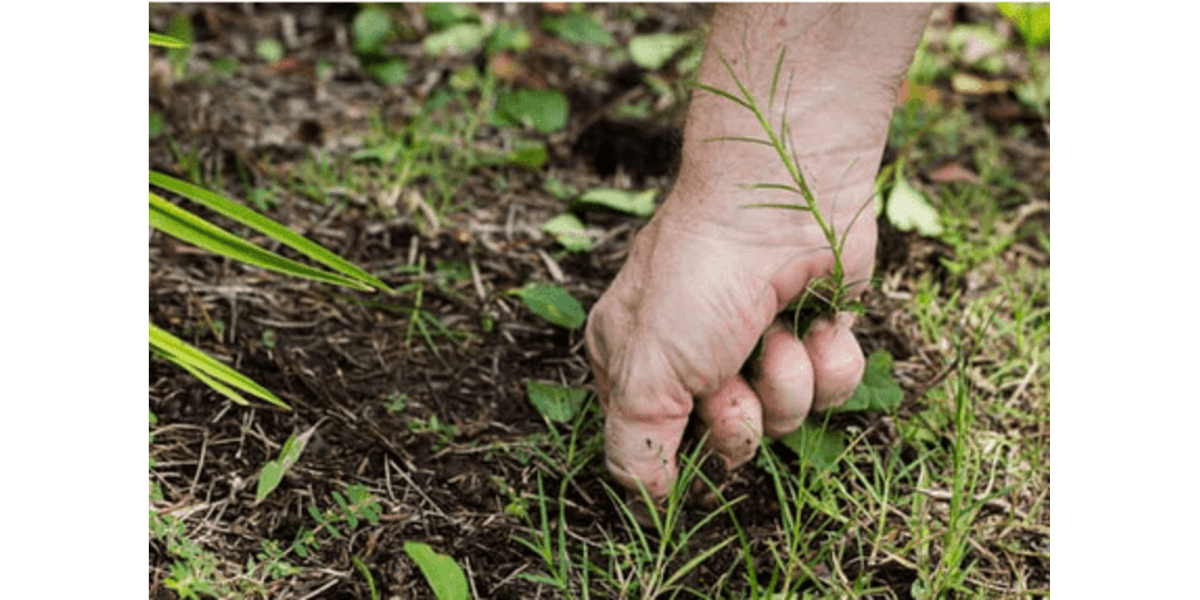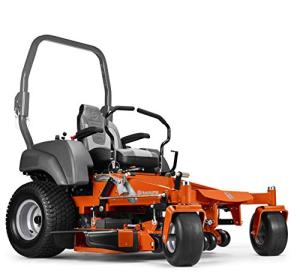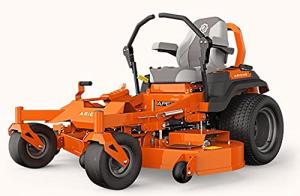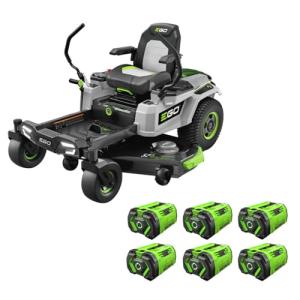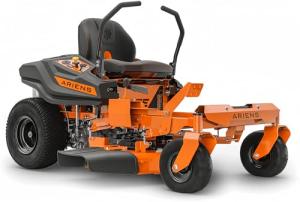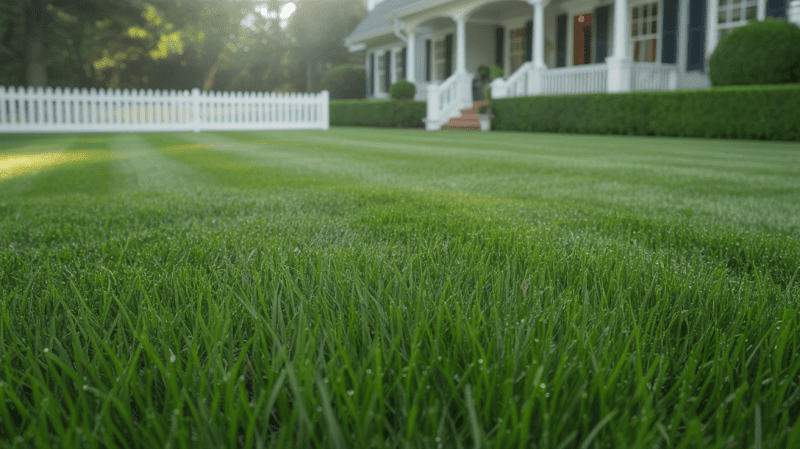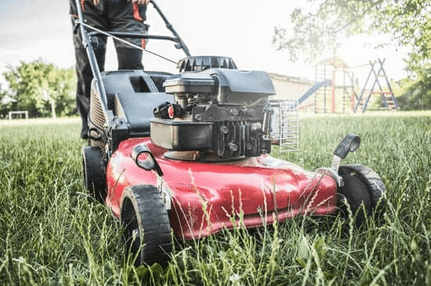How I Permanently Eliminated Weeds from My Yard

I still remember the frustration of dealing with weeds in my yard. They seemed to appear out of nowhere, competing with my plants for water and nutrients. After trying various methods, I found a way to permanent weed control. In this article, I'll share my experience and the effective weed eradication strategies that worked for me.
My journey to a weed-free yard wasn't easy, but it was worth it. I tried different methods, from chemical and organic herbicides to manual removal and natural methods. By combining these approaches, I achieved effective weed eradication and maintained a healthy, weed-free yard.
Key Takeaways
- Permanent weed control requires a comprehensive approach.
- Chemical and organic herbicides can be effective.
- Manual removal and natural methods are also viable options.
- A combination of methods yields the best results.
- Maintaining a healthy yard is key to preventing weeds.
My Weed Nightmare: Why I Needed a Permanent Solution
Dealing with weeds was a never-ending nightmare for me. For years, I fought to keep my yard weed-free, but new weeds kept popping up. This constant fight was not only frustrating but also expensive and time-consuming.
The Constant Battle with Invasive Plants
Weeds take over, competing with good plants for resources. As one gardener said, "Weeds are like guests who overstay their welcome; they just keep coming back." The relentless invasion into my garden was a challenge I was determined to overcome.
The Cost and Time Drain of Temporary Solutions
I tried many temporary fixes, like chemical herbicides and manual removal. But they only gave me short-term relief. The costs added up, and the time spent was huge. I needed a long-lasting weed management strategy to get rid of weeds for good.
Effective weed removal techniques were key to my success. I found that using a mix of methods was necessary for a lasting solution. By understanding the problem and using a comprehensive approach, I took back control of my yard.
Understanding Your Enemy: Identifying Common Yard Weeds
Knowing the types of weeds in your yard is key for effective weed management. Weeds fall into different categories based on their looks and how they grow.
Broadleaf Weeds vs. Grassy Weeds
Broadleaf weeds, like dandelions and clover, have wide leaves and are easy to spot. Grassy weeds, such as crabgrass and quackgrass, look like grass but shouldn't be there. Knowing the type helps pick the best weed killer options.
The Most Persistent Weed Types in American Yards
Dandelions, thistle, and crabgrass are common and hard to get rid of. They can be annual or perennial, needing different ways to control them.
Annual vs. Perennial Weeds
Annual weeds live for a year, while perennial weeds come back every year. Preventing weed growth means knowing if you have annuals or perennials. The control methods are very different.
| Weed Type | Characteristics | Control Method |
|---|---|---|
| Broadleaf Weeds | Wide leaves, distinct appearance | Targeted herbicides |
| Grassy Weeds | Resemble grass, hard to distinguish | Selective herbicides or manual removal |
| Annual Weeds | Complete life cycle within a year | Prevent seed germination |
| Perennial Weeds | Come back year after year | Repeated removal or systemic herbicides |
By knowing the weeds in your yard, you can use effective weed management strategies. These will fit your yard's needs perfectly.
My Failed Attempts: What Didn't Work for Me
My journey to a weed-free yard was filled with setbacks. I tried many methods, but most didn't meet my expectations.
Chemical Solutions That Failed
I started with store-bought chemicals, hoping for a quick solution. Glyphosate was one of the first I used. It killed some weeds, but the results didn't last. I was also worried about the harm these chemicals could cause to the environment.
DIY Remedies That Fell Short
I then turned to homemade solutions, like vinegar and boiling water. At first, they seemed promising. But, they didn't provide the lasting results I needed. Here's a quick look at how these methods worked for me:
| Method | Initial Effectiveness | Long-term Results |
|---|---|---|
| Chemical Herbicides | High | Poor |
| Vinegar-based Herbicide | Moderate | Poor |
| Boiling Water | Low | Poor |
My experiences showed me that effective long-term weed control needs a detailed plan. It's not just about using chemicals or DIY fixes. It's about understanding weeds and employing a range of strategies for sustainable weed control.
How to Get Rid of Weeds Once and for All: My Breakthrough Method
After years of battling weeds, I discovered a comprehensive method that transformed my yard. This method didn't just temporarily fix the problem. It gave me a lasting solution that keeps my yard weed-free.
The Integrated Approach I Discovered
My breakthrough method combines prevention, removal, and maintenance. This strategy tackles the root of weed growth. It keeps my yard weed-free for good.
Combining Prevention, Removal, and Maintenance
To get rid of weeds for good, you need to:
- Stop weeds from growing in the first place
- Remove any weeds that exist
- Keep your yard healthy with regular care
By doing these steps, I've kept my yard weed-free. This assured weed removal technique has been a huge help for me.
Why This System Succeeds Where Others Fail
This system works because it's all-encompassing. It doesn't just focus on one part of weed control. It attacks the problem from every angle, making sure weeds don't come back.
Some key top tips for weed elimination include using physical removal methods, improving soil quality, and applying herbicides when necessary. By using these methods, you can get ultimate weed removal solutions that last.
Step 1: Proper Weed Assessment and Planning
First, you need to understand the weed problem in your yard. Knowing how severe the issue is and the types of weeds you have is key. This helps you create a plan that works well.
Mapping Your Yard's Weed Problem Areas
Start by making a detailed map of your yard. Mark where weeds are most common. This helps you see patterns and why weeds grow in some spots more than others.
For example, some areas may receive more shade or have poorer soil quality. Knowing this lets you tackle the root of the problem.
Creating a Seasonal Weed Management Calendar
After mapping, make a calendar for weed control. It should display the optimal times to prevent weeds, taking into account local weather conditions and weed life cycles. Some weeds grow in the spring, while others grow in late summer.
Planning ahead means you can stop weeds before they start. This makes your yard easier to manage.
| Season | Weed Activity | Prevention Tactics |
|---|---|---|
| Spring | Germination of annual weeds | Apply pre-emergent herbicides |
| Summer | Active growth of perennial weeds | Regular mowing and targeted herbicide application |
| Fall | Seed dispersal | Remove weeds before seeding, improve soil |
| Winter | Dormancy | Maintain soil health, plan for next season |
By following these steps, you can create a plan that solves current weed problems and prevents new ones. This leads to a healthier, easier-to-manage yard.
Step 2: My Physical Removal Techniques

Physical removal is a big help in controlling weeds. It means pulling weeds out by hand, making sure to get the whole root. This stops them from coming back.
Tools That Made the Difference
Choosing the right tools is key for removing weeds. I bought a few essential items. A long-handled weeding fork helps me get to deep roots without harming other plants. A pair of gardening gloves keeps my hands safe from thorns.
The Correct Way to Pull Weeds (Roots and All)
To pull weeds right, you must get the roots. First, loosen the soil around the weed with your fork. Then, grab the weed close to the soil and pull it out. For tough weeds, a dandelion digger helps get under the root.
Dealing with Deep-Rooted Perennials
Dealing with deep-rooted weeds is tough, but doable. I used a combination of techniques and persevered. It's essential to remove as much root as possible to prevent them from regrowing.
Learning these removal methods and using the right tools has cut down my weed problem. Now, my yard is a nicer place to be.
Step 3: Soil Preparation and Improvement
To eliminate weeds permanently, improving soil health is crucial. A balanced soil ecosystem is essential for effective long-term weed control and sustainable gardening practices.
Soil preparation starts with testing and balancing your soil pH. Most weeds love soils with the wrong pH levels. Adjusting your soil's acidity or alkalinity can stop weeds from growing. Use a soil testing kit to determine your soil's pH level and adjust it as needed.
Testing and Balancing Your Soil pH
To check your soil pH, you can use a DIY kit or send a sample to a lab. Knowing your soil's pH lets you adjust it. For example, lime raises pH, while elemental sulfur lowers it. Here's how to adjust your soil pH:
- If your soil is too acidic (pH
- If your soil is too alkaline (pH > 7.0), add elemental sulfur or peat moss to lower the pH.
Adding Organic Matter for Healthier Soil
Adding organic matter to your soil is crucial. Compost or well-rotted manure improves soil structure and nutrient levels. It also boosts beneficial microbes, helping plants grow strong and free from weeds.
Some best practices for weed eradication include mixing 2-4 inches of compost into the top 6-8 inches of soil. This enhances soil fertility and its ability to retain water, thereby reducing the need for watering.
By improving your soil, you create a balanced ecosystem that naturally fights weeds. This leads to sustainable weed elimination.
Step 4: Strategic Use of Barriers and Mulch
To keep weeds away, I learned the value of barriers and mulch. This step was key to my goal of a weed-free yard.
Effective Landscape Fabric Installation
I found that using professional-grade landscape fabric was very effective. It prevents weeds from growing by blocking light and inhibiting seeds from reaching the soil.
Key benefits of landscape fabric include:
- Durable and long-lasting
- Effective in preventing weed growth
- Allows water and air to reach plants
Selecting and Applying the Right Mulch Types
I also used mulch to fight weeds. The right mulch and its proper application can significantly reduce weeds in your yard.
Proper Mulch Depth for Weed Prevention
To work well, mulch should be 2-3 inches thick. This depth blocks light and prevents seeds from germinating, thereby stopping weeds.
By using barriers like landscape fabric and the right mulching, I significantly reduced weed growth. This smart strategy has been a big part of my effective weed management plan.
Step 5: Targeted Herbicide Application

Targeted herbicide application became a crucial step in my quest to eliminate weeds permanently. I first understood the types of weeds I was dealing with and prepared my soil. Then, I realized using herbicides wisely was key for effective weed control.
Choosing Between Organic and Synthetic Herbicides
I tested both organic and synthetic herbicide options to see which worked best. Organic herbicides, made from natural sources, are safer for the environment but may require more frequent applications. Synthetic herbicides are stronger but need careful handling to protect good plants and the ecosystem.
Precision Application Methods for Maximum Effect
To maximize the effectiveness of herbicides, precision is crucial. I used two main methods:
Spot Treatment Techniques
- Identifying and treating individual weeds or small areas of infestation.
- Using tools like spray bottles or wands for precise application.
Timing Applications for Optimal Results
Timing is everything when applying herbicides. I found that applying them when weeds are most active boosts their effectiveness. Additionally, I ensured that I avoided applying the herbicide before heavy rain to prevent it from being washed away.
By choosing the right herbicide and applying it precisely, I greatly reduced weeds in my yard. This targeted approach is a key part of effective weed control strategies and long-term weed management solutions.
Step 6: Preventing Weed Spread and Regrowth
To keep your yard weed-free, you need to prevent weeds from coming back. This means stopping weed seeds from growing and using lawn care that fights weeds.
Stopping Weed Seeds Before They Germinate
Stopping weed seeds from growing is key. Use pre-emergent herbicides at the right time to do this. For example, applying in early spring can stop crabgrass and dandelions.
Gardening expert John Green said, "Prevention is the best weed control. It saves time and effort in the long run."
"The best time to control weeds is before they emerge."
Proper Lawn Care Practices That Naturally Suppress Weeds
A healthy lawn fights weeds well. This means mowing, watering, and fertilizing right.
Mowing Height and Frequency
Mowing at the right height and often helps. For cool-season grasses, keep it at 2.5 to 3 inches. Regular mowing stops weeds from seeding.
| Lawn Type | Mowing Height (inches) | Mowing Frequency |
|---|---|---|
| Cool-season grasses | 2.5 - 3 | Weekly |
| Warm-season grasses | 1 - 2 | Every 10 days |
By mowing right and using pre-emergent herbicides, you can keep weeds away. This keeps your yard looking great and healthy.
My Top Tools and Products for Permanent Weed Control
After months of battling weeds, I've discovered the most effective tools and products. They've made a big difference in my quest for a weed-free yard. These are the ultimate weed removal solutions that have helped me achieve my goal.
Manual Tools Worth Investing In
Getting the right manual tools is key. I suggest a sturdy weeding fork for deep-rooted weeds and a hoe for big areas. A long-handled hoe has saved my back many times.
Effective Products That Delivered Results
For tough weeds, I've found some products work great. A glyphosate-based herbicide was very effective for eliminating weeds. Also, a pre-emergent herbicide stopped new weeds from growing. These products are among my top tips for weed elimination.
Eco-Friendly Alternatives That Actually Work
If you want eco-friendly options, I recommend cornmeal-based herbicides and boiling water treatments. They take more patience and repeated use. But they're effective and gentle on the environment.
By using these tools and products with good lawn care, I've kept my yard mostly weed-free. It's a continuous effort, but with the right tools and strategies, it's possible for anyone.
Conclusion: My Weed-Free Yard One Year Later
It's been a year since I started my weed control journey. Now, my yard is completely weed-free. I used a mix of methods, like removing weeds by hand and using barriers and mulch. I also applied targeted herbicides and took preventive steps.
Understanding my weeds was key. I used tools and products from Scotts and Ortho. Maintaining a well-maintained lawn helped me effectively control weeds. Now, my yard is healthier and looks great.
If you're fighting weeds, try my approach. Knowing how to eliminate weeds permanently can make your yard weed-free. With the right methods and effort, you can keep weeds away for good.
FAQ
Q: What are the most effective methods for permanent weed control?
A: To control weeds for good, use a mix of prevention, removal, and upkeep. This means removing weeds by hand, preparing the soil, and using barriers and mulch wisely.
Q: How do I identify the types of weeds in my yard?
A: Knowing if you have broadleaf or grassy weeds is key. Broadleaf weeds have broad leaves, while grassy weeds resemble grass. Knowing the type helps you choose the most effective way to control them.
Q: What are some common mistakes people make when trying to eliminate weeds?
A: Many people only use chemicals or DIY fixes, which don't last. Another mistake is not pulling out the whole root of the weed, which is especially important for weeds that grow deep.
Q: How can I prevent weeds from spreading and regrowing?
A: Stop weed seeds from growing and take good care of your lawn. Keep your lawn at the right height and mow it often.
Q: What are some eco-friendly alternatives for weed control?
A: Use tools like hand weeding forks and hoe handles, and apply organic mulch. Also, use landscape fabric and improve your soil's health for a green solution.
Q: How often should I inspect my yard for weeds?
A: Check your yard often. Make a weed management calendar for each season to stay ahead of weeds.
Q: Can I use herbicides as a last resort for weed control?
A: Yes, herbicides can be a last resort. However, pick the right one — organic or synthetic — and use it carefully to protect the environment.
Q: How can I improve my soil to prevent weed growth?
A: Test and balance your soil's pH, add organic matter, and use mulch. This makes your soil less welcoming to weeds.
Q: What are the best tools for physical weed removal?
A: Use tools like weeding forks, hoe handles, and long-handled weed pullers. The goal is to remove the entire root to prevent weeds from regrowing.
Q: Are there any long-term weed control solutions?
A: Yes, a combination of prevention, removal, and upkeep is effective in the long run. This includes soil prep, barrier use, and proper lawn care.
